Talk to a Top-Rated Flood, Fire and Mold Remediation Expert 24/7
Talk to a Top-Rated Flood, Fire and Mold Remediation Expert 24/7
When flooding happens, it’s crucial to act fast to minimize damage and prevent further harm. Flood waters can pose a risk of electrocution and other hazards. Our water damage restoration team will perform a full inspection to determine the extent of the damage and identify any hazards before beginning restoration. As a leading damage restoration company, we prioritize your safety above all else.
A thorough assessment and inspection of the property are essential in developing an effective restoration plan. Our team of experts will identify all the areas that have been affected by the flood and create a plan to address each area’s specific needs.
The faster the water is extracted, the less damage the flood will cause. Using specialized equipment, we remove as much water as possible and then begin structural drying. This process ensures that all the affected areas are completely dry, reducing the risk of mold growth and further damage.
After structural drying, we will clean and sanitize your property thoroughly. This process eliminates any bacteria, mold, or other contaminants left behind by the floodwaters. This is essential to prevent the spread of diseases and ensure that the property is safe for occupancy.
The final step is to restore the property to its pre-flood condition. This includes repairing any damaged areas, such as walls, floors, and ceilings. We’ll work closely together to ensure your property is restored to the your satisfaction.

Floods are one of the most common natural disasters, and they can cause significant damage to homes, businesses, and infrastructure.
When a flood occurs, it is important to respond quickly and effectively to minimize the damage and ensure the safety of those affected.
Our flood restoration service includes a guaranteed rapid response, assessment and inspection, water extraction and structural drying, cleaning and sanitization, and restoration and repairs.
At RemediH2O, our certified local experts strive to help you and your family get back to normal life as quickly and safely as possible.
The timeline for the restoration process will depend on the extent of the damage, but we will work as quickly as possible to minimize any further damage and restore your property to its pre-flood condition.
The cost of the restoration will depend on the extent of the damage and the services needed to restore your property. We’ll provide you with a detailed estimate before beginning any work.
Also, we’ll work with you and your insurance company to help determine coverage and assist with the claims process.
We use state-of-the-art equipment and techniques to ensure the restoration process is done efficiently and effectively. This includes high-powered fans and dehumidifiers to dry out the affected area as well as specialized tools to remove any excess water.
Yes, there are potential health and safety concerns that can arise during flood restoration. Water damage can create a breeding ground for mold and other harmful bacteria, and standing water can create a slipping hazard.
Our team will take the necessary precautions to ensure your safety, such as wearing protective gear and using appropriate cleaning and disinfecting methods. We will also assess the area for potential mold growth and take measures to prevent it from spreading.
It’s important to follow any safety guidelines we provide and to let us know if you have any health concerns that we should be aware of.
Local government offices like the county or city planning department should have information about flood-prone areas in your community.
The Federal Emergency Management Agency (FEMA) maintains flood maps that identify flood-prone areas across the country, and you can search for your location on their website.
It’s important to note that even if you don’t live in a designated flood zone, your property may still be at risk for flooding due to other factors such as heavy rain, snowmelt, or natural drainage patterns.
Taking steps to protect your property from flooding, such as purchasing flood insurance or installing flood mitigation measures, can help reduce the risk of damage from unexpected floods.
Regular maintenance of plumbing and appliances, proper landscaping and drainage, sealing foundation and walls, and sump pump installation are all ways to prevent future flooding.
Proper ventilation can help prevent mold growth, which can be a result of water damage caused by flooding. Visit our mold remediation service page to learn more.
Fast, effective, and affordable solutions by local technicians who care

Whether you're dealing with basement flooding, crawl space water issues, or burst pipes from Colorado's harsh winters, we've got you covered. Our team handles everything from sump pump failures and sewage backups to appliance leaks and roof damage. We even clean up water damage from firefighting efforts, so you can focus on what matters most.
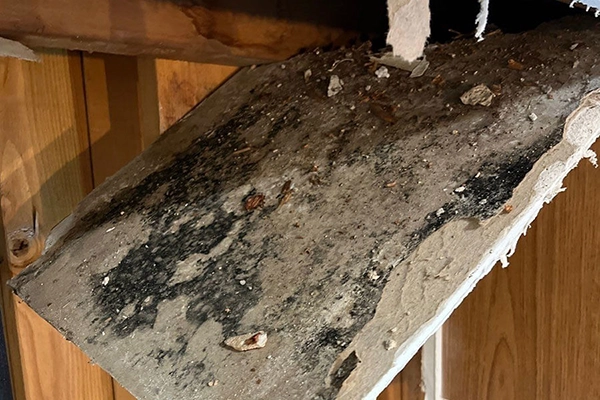
Our professional mold removal services work for both residential and commercial properties throughout the Western Slope. From basements to attics, crawl spaces to your main living areas, we tackle mold problems caused by poor ventilation, AC condensation, window leaks, and water damage.
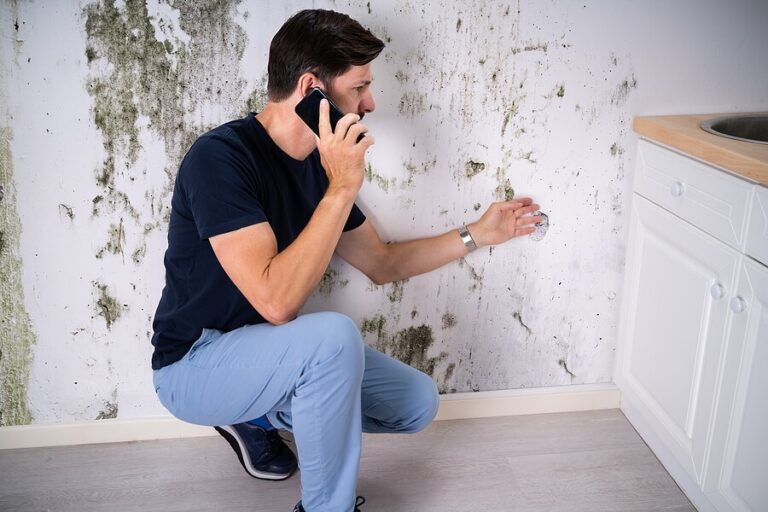
Our thorough mold inspections include a complete visual assessment of your property. We check moisture levels, and give you a detailed report of what we find.
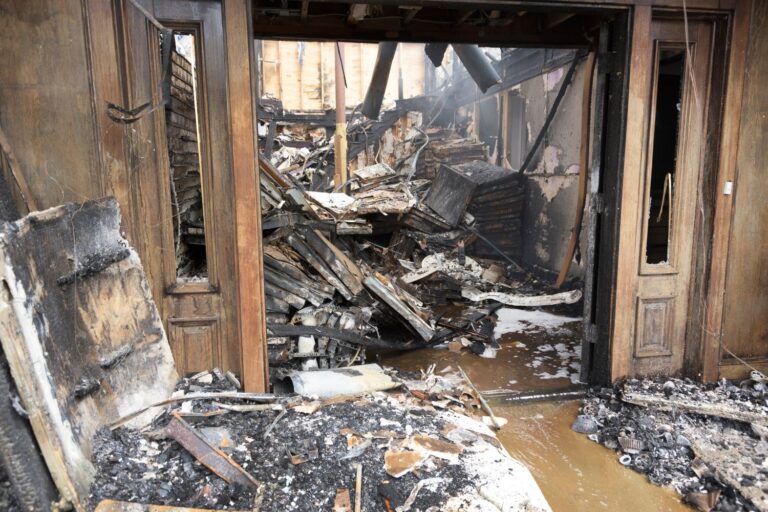
Complete fire and smoke damage cleanup services. We're available 24/7 to secure your property, remove smoke odors, clean your belongings, and handle all the cleanup work. Our team will even board up damaged areas to keep your property safe while we work on getting everything back to normal.
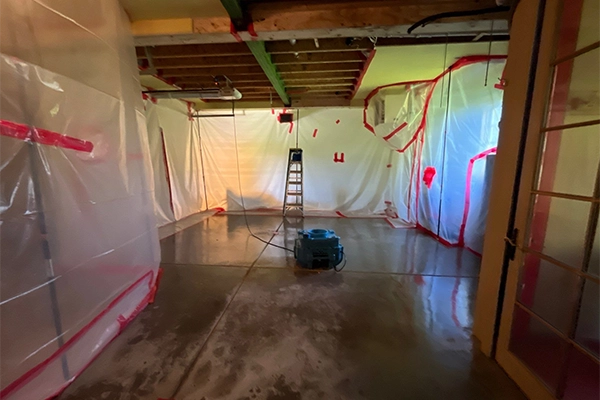
When storms cause flooding, we're ready to help. We'll extract flood water, assess the damage, and protect your property from further issues. Our team handles debris removal and gets your structure properly dried out so you can start moving forward after the storm passes.
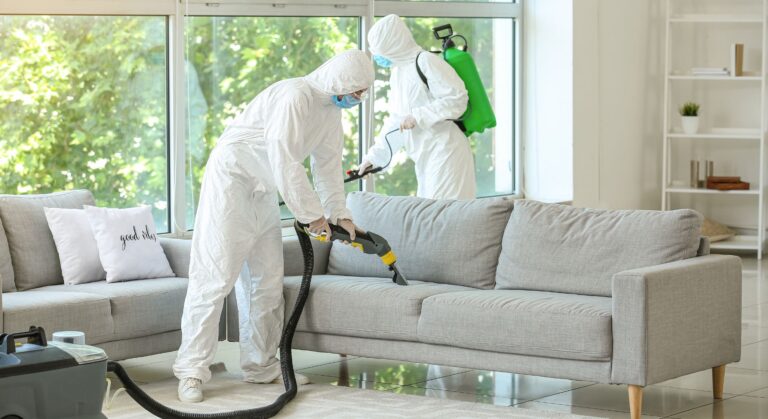
Our crime scene cleanup services handle biohazard situations with the professionalism and sensitivity they deserve. We'll disinfect and restore your property completely, removing odors and making sure everything is safe and clean again.